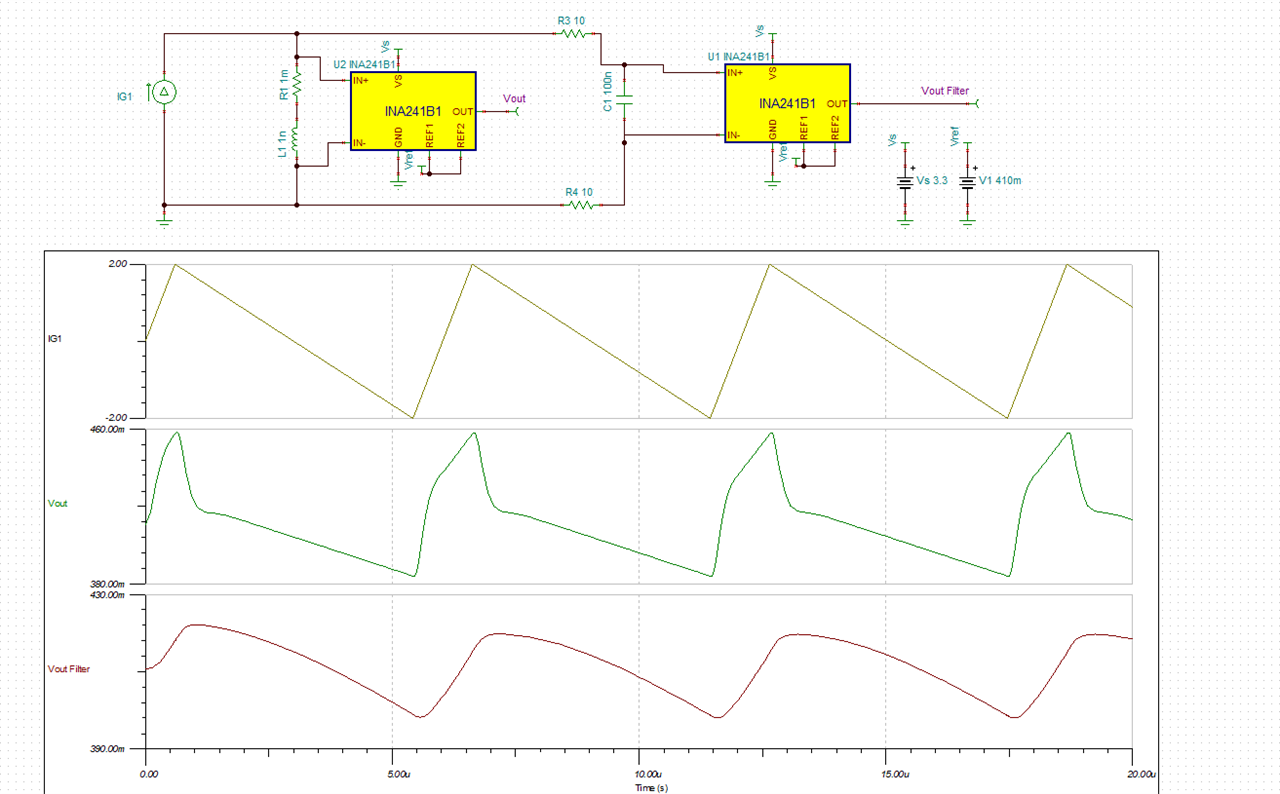Other Parts Discussed in Thread: INA241A, INA240
Tool/software:
Hi team,
My customer is using INA241B for solar inverter high-side current sensing. But in test waveforms, INA241 output can follow actual current change at the beginning of cycle begin, but can't follow afterwards and turn down.
Pls help check what's wrong and how to fix it?
SCH:
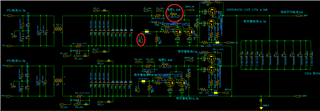
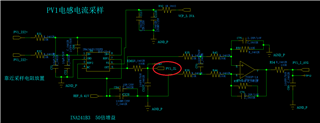
Waveforms (yellow: PV1_IL, connected to INA241 OUT; Green: actual IL ; Blue: DRV1_L, drive signal. All circled in red above)
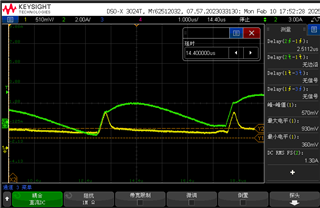
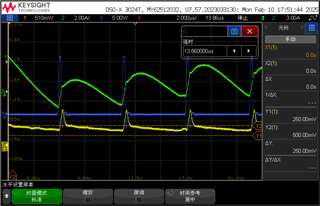
Thanks,
Severi


